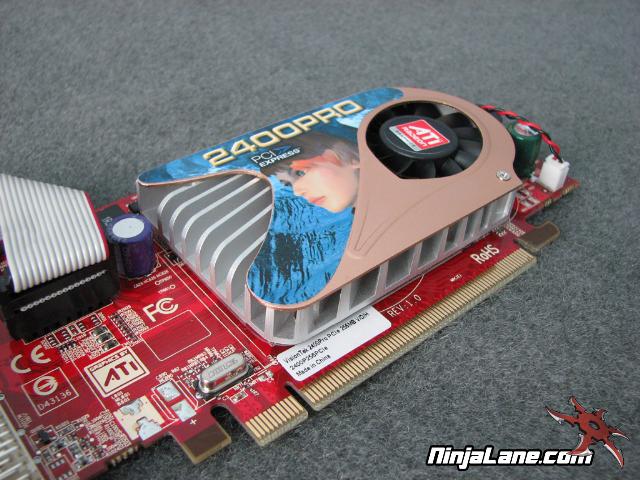Depends on the card design and the fan type used. I find that the cheap low budget cards with tiny fans and wafer thin heatsinks die the fastest. They use garbage tiny sleeve bearing fans that spin at 5000-8000 RPM to try and make up for their size. And since the fan hub is usually pressed right up against the wafer thin heatsink, right over the GPU ASIC, the grease quickly gets baked to death and the fan locks up. Since they usually don't have a sense wire on the fan, once it locks up, it keeps getting sent voltage and now you have two sources of heat. The blazing hot copper coils and the GPU ASIC. The plastic gets baked until it turns to dust usually. I've seen those copper coils turn completely black and sometimes melt together. Re-lubing those fans isn't a great idea, as the hub is often so compromised by heat that it just explodes.
Larger, more expensive cards, tend to last a lot longer since the fans aren't being baked to death. They also spin a lot slower and are easier on the bearings, so even the ones with crappy sleeves tend to last a long time. Some of the better ones use ball bearings. Later cards around the GTX 1000 / RX 500 era started to introduce fan-off modes, which completely turns the fans off and drops the core and memory clocks to minimal settings. This makes fans last even longer.
Of the dozens of large gamer cards I've had, I've only had to change the fans on three of them. One was a blower card (HD 5870), and the other two were fan cards (R9 280X, GTX 1070 Ti). And that's with accelerated wear. I never turn my machines off, so they're in service 24/7/365 and run that way for years. I still have some of my 15+ year old cards in daily service (8800 GTS) and the blowers in them are still perfectly fine. Just keep them clean and free of dust.
As for safe temperatures, most cards from 2008ish forward have a thermal junction in the 80-100C range, but just because they can run there, doesn't mean you should. The killer on large video cards, especially in the GTX 200 era was thermal cycling. The then still new ROHS solders had terrible problems with cracking due to lack of ductility, so keeping a more consistent temperature is very important. This is one reason why I always leave my machines on, to keep them from thermal cycling. Unless you have one of the really high end cards, like the GTX 280 or 295, if you can keep the card in the 50-80C range, it will be fine. The GTX 260 Core 216 is probably the sweet spot in that generation. They weren't made for very long and can be harder to find today, but they're out there.




